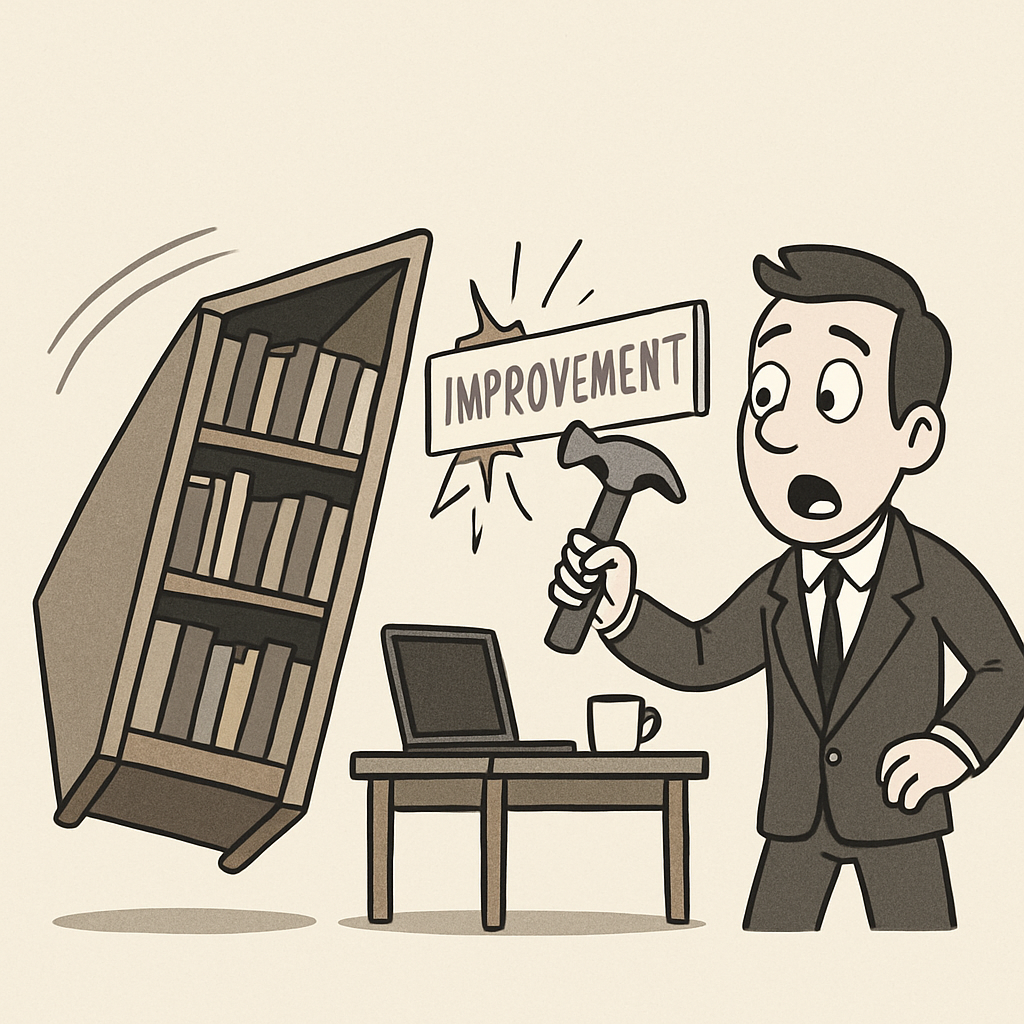Most real estate investors are fixing the wrong problems. Here’s how to avoid the survival trap.
You’re Working Hard, but Are You Solving the Right Problem?
I can only imagine how you are feeling right now. Your inbox is a mess. Your to-do list is overflowing. You’ve got deals in motion, sellers not calling you back, listings that still need to be written, and maybe a virtual assistant who decided to disappear this week. Meanwhile, the dream—the one where this real estate business replaces your income and gives you real freedom—feels further away than it should.
So, you do what we all do, you roll up your sleeves and get to work. You dive in. You fix what’s in front of you. You chase the fire. You clean up the task that’s easiest or most satisfying. And that makes sense. You’re wired to solve problems. Entrepreneurs are natural fixers.
That cycle has a name. It’s called The Survival Trap. And if you don’t escape it, your business becomes a hamster wheel—more effort, less traction.
Is Your Hustle Moving You in the Right Direction?
You don’t need motivation. You’ve got plenty of hustle. In fact, hustle might be hurting you. Here’s the hard truth: hustle can lie. It can trick you into believing you’re making progress—when you’re just masking over a deeper issue.
You might redesign your website, thinking it’ll generate more leads. You build out a fancy Airtable system to track leads you don’t actually have. You write SOPs for a team you haven’t hired yet. You automate follow-up emails to sellers who never responded in the first place.
These are all improvements. But not all improvements are equal. If they’re not solving the vital constraint in the business, they’re distractions.
You’re husting, but you’re just fixing the wrong thing. And when you fix the wrong thing, you don’t just lose time. You lose confidence. You start to question if this whole thing is going to work. And that doubt—that’s what keeps good investors stuck at the same level for years.
The Difference Between Urgent Fires and Strategic Fixes
Let’s draw a clear line in the sand:
Urgent problems are the loud ones. They shout at you. They light up your notifications.
Vital problems are quiet. But they’re the ones silently choking your business.
You’re wired to solve urgent problems. It feels good to knock something out. But urgent doesn’t mean important. And it definitely doesn’t mean strategic.
Here’s what happens when you only fix the urgent stuff: Your business becomes addicted to your presence. It needs you to work harder, longer, faster. But that’s not why you started this business. You didn’t sign up for another job. To break the cycle, you need a better way to choose what to fix next.
That’s Why I Created the Investor Priority Pyramid (IPP)
- The IPP is a framework to diagnose your business and focus your energy where it counts most. There are five levels:
- 1. Deal Flow – You need more leads, more sellers, more inventory.
2. Profit – You’re making sales, but the money isn’t showing up in your bank account.
3. Order – You’ve got income, but you’re the bottleneck. Everything depends on you.
4. Impact – You’re building a real brand and a team that moves without you.
5. Legacy – You’re designing a business that lasts and creates real wealth
A Better Way to Decide What to Fix Next
Here’s a simple way to get started this week:
- 1. Write down five business problems that are eating up your time or stressing you out.
2. Label each one as urgent or vital. (Urgent means it’s loud. Vital means it’s foundational.)
3. Ask: If I could only fix one thing this week, what would unlock the most progress?
That’s probably your vital need. Focus there. Here’s how it might show up:
If you don’t have consistent seller leads, that’s a Deal Flow issue. Nothing else matters until you solve that.
If you’re making sales but can’t take money out of the business, that’s a Profit problem.
- Solve the real problem, not the loud one.Solve the real problem, not the loud one.
Here’s the Point: You don’t need more tools. You don’t need to optimize your workflow. You need clarity. The difference between a burnt-out operator and a thriving investor isn’t effort, it’s knowing what to fix, and when.
Next Friday, I’ll show you how to pinpoint exactly which level you’re operating at—and what happens when you try to skip steps in your business growth.
But for now, remember this: Random Acts of Improvement will kill your momentum. The right fix, at the right time, that’s what builds a business that serves you. Stop reacting. Start diagnosing.
That’s how you make decisions with confidence. That’s the investor advantage.
